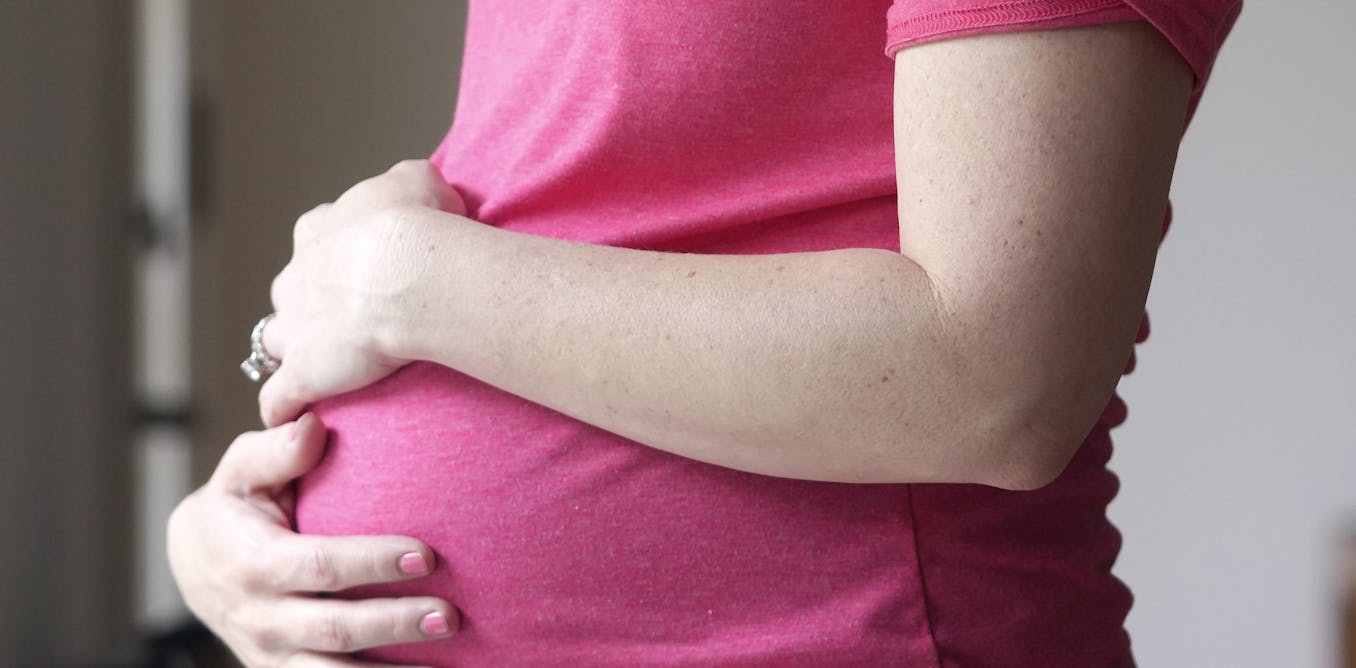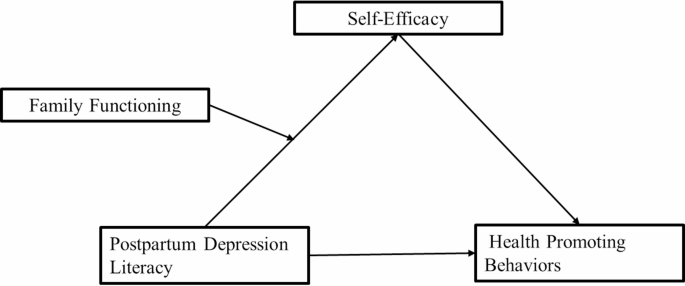The impact of the COVID-19 pandemic on the rate of maternal postnatal healthcare examinations in England: an OpenSAFELY interrupted time series analysis providing evidence of disparity in care access | BMC Medicine

This study observed a substantial reduction in the rate of postnatal examinations in the first lockdown period of the COVID-19 pandemic in England. Rates fluctuated before gradually returning to pre-pandemic levels. However, the recovery of service delivery varied, showing that fewer patients received a postnatal examination in the recommended 6-8 weeks compared to 12 weeks follow-up throughout the pandemic and beyond. Furthermore, there were persistent regional, socioeconomical and ethnic disparities in accessing the routine postnatal check. These factors also remain significantly associated with the risk of no postnatal examination.
Reduction in postnatal care during the pandemic
The significant reduction observed in this study at the onset of the COVID-19 pandemic corresponds with the imposed lockdown and widespread restrictions in place across in England. Similar findings have been observed globally, including the initial changes to healthcare delivery and public behaviours. Routine healthcare was deprioritised as resources were redirected to containing the spread and managing the clinical impact of COVID-19 infections. Numerous studies have demonstrated similar findings in access and delivery of routine healthcare during this period [20,21,22].
Despite the interruption caused by the initial lockdown periods of the pandemic, the study showed a subsequent upward trajectory as healthcare services recovered. The upward trajectory demonstrated an improvement in rates of examinations within 6 or 8 weeks similar to 2019 by the end of 2022; however, recovery for examinations within 12 weeks was much quicker. This upward trend may not have been solely due to post-lockdown recovery but could also be attributed to other factors, such as a policy change implemented prior to the start of the pandemic. The general practitioner (GP) contract was updated in February 2020 to include a standardised 6-to-8 week postnatal check for new mothers, with the addition of £12 million in funding to support the change [4]. This change aimed to ensure that the postnatal check was offered as an essential service to all mothers as a separate appointment in addition to the routine baby check appointments during this period. The pandemic likely stalled the effects of the initial change in contract by limiting access to care in the first few months. At the same time, births in England and Wales fell from ~657,000 in 2019 to ~614,000 in 2020, with a modest recovery in 2021 (~625,000) before declining again (~605,000 in 2022; 591,000 in 2023; est. ~568,000 in 2024) [23]. While the total number of live births declined, the proportion of deliveries receiving a postnatal examination initially fell and later recovered, likely reflecting both the GP contractual changes and reduced demand. Nevertheless, disparities in access and delays in examinations remain, highlighting persistent inequities in care or patients’ ability to attend appointments.
Regional, socioeconomic and ethnic disparities
The analysis showed significant variation in postnatal care across regions, deprivation quintiles and between ethnic groups. Whilst these changes reflected the pandemic’s impact on routine antenatal care, factors that increase the likelihood of having late or no postnatal examination overlap with many risk factors for adverse outcomes of COVID-19 infections, such as ethnic minority groups and deprivation, meaning that the consequences of these changes may not have been evenly distributed. For example, ethnic minority groups were shown to have an increased risk of suffering more serious COVID-19 infections and outcomes [24]. As a result, the initial reduction in postnatal examinations for these groups may have been related to increased concern around contracting COVID-19 and were more likely to avoid appointments. However, comparing the risk before and after the pandemic recovery, in 2022, the risk of missing appointments remained higher for ethnic minority groups compared to White women, suggesting there are other factors contributing to the observed differences.
The Incidence Rate Ratios (IRRs) were not as pronounced for some groups, such as the most deprived quintile. The small reduction in IRR is likely because this group already exhibited the lowest rate of postnatal examinations before the onset of the pandemic. In contrast, more affluent groups experienced a substantial reduction in postnatal care appointments during the onset of the pandemic. This suggests that the abrupt change in healthcare delivery disproportionately affected those who previously had better access to care, whilst those with existing poor access or uptake were less affected. The eventual recovery in the rate of postnatal examinations did not eliminate the pre-existing disparities in postnatal care access or uptake, which were also significant for women from ethnic minority groups and younger women.
These findings align with longstanding research showing socioeconomic and ethnic disparities in healthcare access [25] and uptake [26], especially for maternal and perinatal care and health outcomes [27]. The MBRRACE-UK reports into maternal deaths and morbidity show Asian and Black women are two and four times more likely to die during pregnancy or up to 6 weeks after childbirth [28]. This association was also evident for infant mortality in ethnic minorities and deprived regions [29]. Similarly, a recent study highlighted in the introduction found that postnatal 6-to-8 week baby check appointments were less frequent among ethnic minority groups in the UK, even after accounting for other risk factors such as region [13]. It was also shown that infants were less likely to have a check if mothers also had no record of a postnatal maternal examination. This raises the question of whether these patient groups are less likely to be invited, or more probably, less likely to take up the invitation, suggesting potential barriers related to access, awareness and culturally sensitive follow-up care in the community, particularly if information about postnatal services was communicated in ways that were not inclusive.
The current study also highlighted regional disparities in postnatal care, with areas such as the North East, East and West Midlands and Yorkshire and The Humber having particularly lower rates of postnatal examinations. Access to care may be worse for ethnic minority groups in these regions, especially if existing challenges, such as deprivation, health illiteracy, language barriers, digital exclusion and culturally insensitive communication, are not addressed [30,31,32]. Efforts to promote equitable care postnatally should prioritise addressing these barriers and ensuring that care delivery is culturally sensitive and accessible to all.
The impact of delayed or no postnatal examinations on immediate and long-term maternal and infant health may well be exacerbated in marginalised communities, clustered in regions of the UK. There is evidence to support inequalities in outcomes of pregnancy and childbirth in these groups, such as an increased risk of small for gestational age babies, with a higher incidence of low Apgar scores (an assessment of a newborn’s health performed shortly after birth) and more neonatal admissions [33, 34].
Policy implications and recommendations
While some recovery has been observed following the pandemic’s initial phase, disparities in access or uptake remain. These findings demonstrate the urgent need for healthcare systems to prioritise equitable access to, and uptake of, postnatal care, particularly for socioeconomically disadvantaged and ethnic minority groups. This is critical due to the higher rates of maternal and infant mortality in these populations. This is particularly challenging when the number of GPs per patient also varies by local area, with 15% more patients to GPs in more deprived areas, equating to 370 more patients per single GP [35]. Further support to primary care services or expansion of postnatal follow-up within women’s health hubs is urgently needed to sustain postnatal follow-up, especially if the service will remain within an already overburdened primary care system [36, 37].
The observed disparity is highly likely to have significant implications for maternal and infant health outcomes, as maternal mortality is highest in the first 42 days postpartum [38]. Timely postnatal examinations are critical for identifying and managing complications. For example, achieving blood pressure (BP) control within 6 weeks is associated with a persistently lower BP at 6 months [39] and at 4 years, with an estimated 30% reduction in subsequent cardiovascular risk [40]. Echocardiographic improvements are also evident by 6 weeks but show little change from 6 weeks to 6 months [41], suggesting early control may limit vascular remodelling. Similarly, postpartum diabetes screening at 4–12 weeks enables earlier detection of dysglycaemia and timely intervention. Given that cardiometabolic conditions like hypertensive disorders of pregnancy and gestational diabetes are both common and disproportionately affect minoritised populations [42,43,44], equitable and timely postnatal assessment is essential to reduce long-term cardiometabolic risk. Further work is needed to understand if these disparities stem from certain patient groups not being offered appointments, not being offered them in a timely manner, or not taking up these appointments when offered—or a combination of these factors. Further understanding will help guide interventions to improve appointment offerings, as well as uptake and access for socioeconomically disadvantaged and ethnic minority groups.
Efforts to improve access and uptake of postnatal care should focus on immediate interventions for at-risk populations, alongside long-term strategies and early postnatal preventative action to address systemic health inequalities. However, financial incentives alone may not be sufficient; tailored interventions are also needed to address the unique needs of disadvantaged populations by targeting areas with the highest health inequalities [31]. This includes improving outreach to communities with low health literacy, language barriers and limited digital access [45]. Such change in the postnatal period likely needs effective collaboration and communication between maternity and primary care services.
Furthermore, improving health between pregnancies is an opportunity to prevent poor outcomes in subsequent pregnancies and in women’s later life, but requires timely interventions to address modifiable risk factors. This includes prioritising care for individuals at immediate risk, as well as those with long-term risk of developing comorbidities. Enhanced processes are needed to optimise care delivery and reduce the burden on the healthcare system, ensuring that high-risk groups receive targeted, effective interventions [31].
Strengths and limitations
These observations are based on comprehensive data from over 2500 primary care practices covering 43% of the English population [46]. This study provides valuable insights into postnatal care trends before, during and after the COVID-19 pandemic. However, it is important to note some limitations. The study relied on coded entries in the patient electronic health records to identify postnatal healthcare interactions, which may have led to an underestimation of interactions if they were not coded, documented in free text or coincided with the baby check appointment. Furthermore, the follow-up period (within 6, 8 and 12 weeks of a delivery code) may have missed checks that occurred after the follow-up. Conversely, the inclusion of all recorded postnatal examinations, including those in the community, may have led to a slight overestimation. Furthermore, in sensitivity analyses, we accounted for short-term autocorrelation using Newey-West robust standard errors, which had minimal impact on point estimates, though confidence intervals widened slightly. We did not adjust for seasonality; while England shows modest birth seasonality with a slight late-summer/early-autumn peak, the abrupt pandemic-related drop is unlikely to be explained by either factor. Our regression analyses used complete-case data. Missingness was very low for variables such as ethnicity (< 0.4%) and IMD (< 5%) and slightly higher for BMI (< 18.5%). While multiple imputation could not be performed due to the large size of the monthly extracts, this is unlikely to substantially affect the results. Complete-case analysis may introduce bias if missingness is related to maternal characteristics or service use, representing a potential limitation of the study. Despite this limitation, the study offers a comprehensive overview of postnatal care during a period of significant disruption and the status of healthcare provisions. Further research should explore the direct impact on long-term health for women who experience delayed or missed postnatal healthcare examinations across different patient populations to fully understand the broader health consequences.
link







